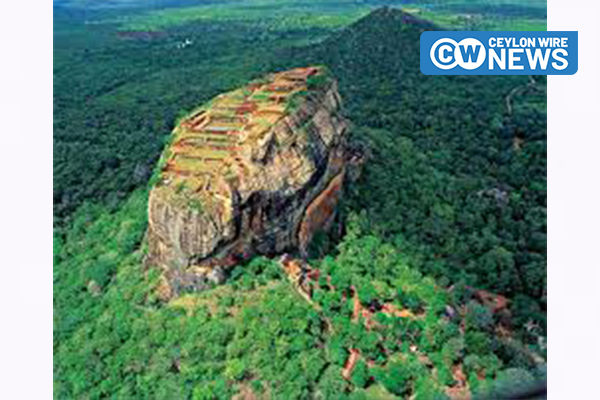The Director General of the Department of Archaeology, Professor D. Thusitha Mendis, has announced decisive measures to remove unauthorized constructions encroaching upon Sigiriya Rock Fortress, Sri Lanka’s iconic UNESCO World Heritage Site.
While affirming that Sigiriya is not currently at risk of being delisted by UNESCO, Professor Mendis warned that these illegal structures could jeopardize its status in the future.
Sigiriya, located in the Matale District of Sri Lanka’s Central Province, stands as a testament to the island’s rich cultural legacy. Developed into a planned city by King Kashyapa in the 5th century AD, the fortress features stunning frescoes and unique architectural elements that continue to awe visitors from around the world. It was officially recognized as a UNESCO World Heritage Site in 1982 for its outstanding universal value.
At a recent press conference, Minister of Cultural Affairs Professor Hiniduma Sunil Senevi addressed growing public concerns over the encroachments. He disclosed that:
“There are currently 124 unauthorized constructions within the 200- and 400-yard protected zones around Sigiriya. These arose due to lax management and the lack of a proper permit system under prior administrations. A 15-agency inter-institutional committee has now been formed, and steps are being taken to relocate the occupants and restore the integrity of the site.”
Speaking on Ada Derana Mornings today (July 3), Professor Mendis reiterated the importance of protecting not just the rock itself, but its entire archaeological landscape, including cave systems and ancient burial sites.
“UNESCO has not issued an immediate warning, but has emphasized the need to preserve the broader environment. If the current trend of unauthorized development continues, Sigiriya could face serious consequences,” she cautioned.
As a treasured landmark of global importance, safeguarding Sigiriya’s surroundings is essential to ensuring its legacy for future generations.











